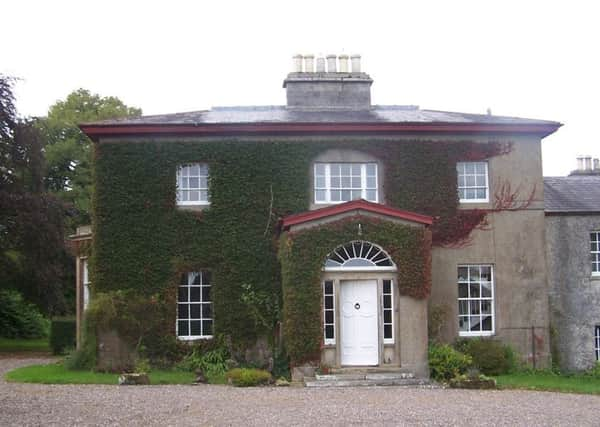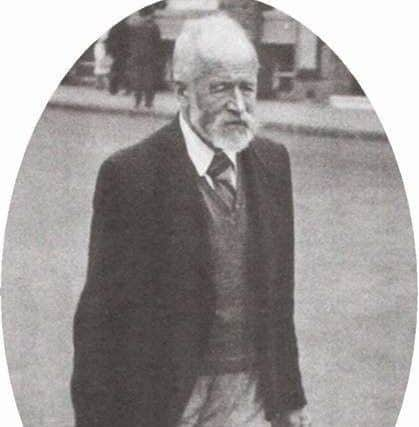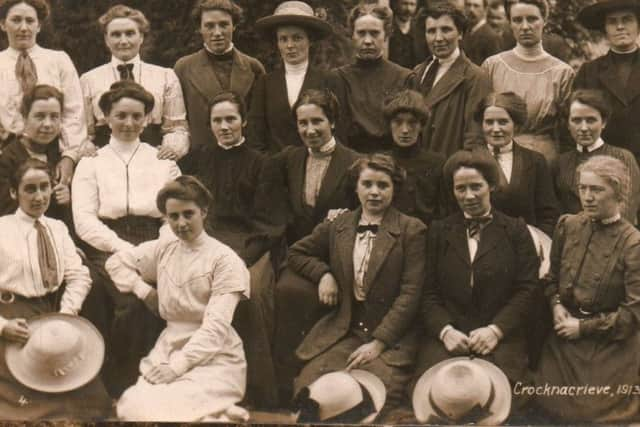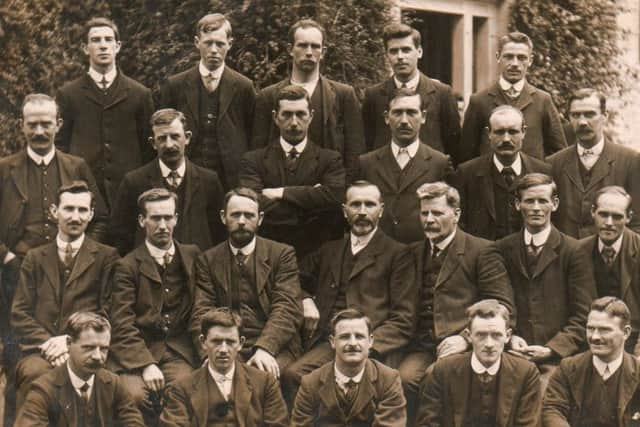Dedicated followers of fiery evangelist renowned for favouring modest living


The photos were of immaculately period-dressed men and women and also of cooks and kitchen staff in aprons, taken outside a house called Crocknacrieve, though only the door of the ivy-clad house was visible behind the various groupings of people.
With information supplied by Henry Robinson, chairman of the Ballinamallard Historical Society, we now know that Ballinamallard was the centre of a worldwide religious movement known as The Cooneyites in the early 20th century.
Advertisement
Hide AdAdvertisement
Hide AdThe movement had originated in Scotland but it was Fermanagh man Edward Cooney who became the leading light and thus his adherents were known as Cooneyites, though they didn’t like the terminology.


Around a thousand people flocked each summer to their month-long convention at Crocknacrieve, the Cooneyites’ main venue in Ireland, and Mr Robinson today shares a photo of the house taken in 2004.
The first convention was held there in 1907 and, as numbers grew, marquees were erected in the grounds, with overflow accommodation at nearby Mullaghmeen.
“From 1913 several smaller conventions replaced the single large convention,” Mr Robinson explained, “and they ceased at Crocknacrieve in 1921.”
Advertisement
Hide AdAdvertisement
Hide AdA note from Joan Carson began: “I found your article about the Dippers/Cooneyites very interesting.”


Mr Robinson explained last week that the movement’s adherents were also known as ‘Go Preachers’ and it seems that they were sometimes called Dippers because baptism was an important part of their faith.
An article in the local Impartial Reporter newspaper in July 1913 recounted “The Pilgrims immerse their converts, and a pond is used for this purpose at Crocknacrieve. The ceremony is an interesting one. The immersion is performed by one or more members of the fellowship. The convert is caught by the arms and lowered backwards beneath the water for a few seconds. The clothes worn are changed immediately afterwards in a tent provided for the purpose, and so, as a rule, no chill follows.”
Joan Carson’s letter continued “they still had a strong gathering at Drumgay (on the edge of Enniskillen) when we lived there in the 1960s. The farm buildings were cleaned out, scrubbed and whitewashed. They cleared out the haysheds and the delegates slept on straw mattresses. Before dawn we would be wakened up with the sound of tramping feet as crowds walked the road before breakfast”.
Advertisement
Hide AdAdvertisement
Hide AdJoan referred to quite a large number of local families and individuals who belonged to the organisation, including a Miss Fanny Seaman, with an address on a lakeside road called The Brook, in Enniskillen.


“Miss Seaman lived in Number 2 The Brook, next door to my mother. She ran a little dress shop in her front room for the lady members of the Cooneyites. Long Gore-ray (pleated, classically-tailored) and tweed skirts, heavy stockings, long cashmere cardigans and jumpers and also long-sleeved blouses - all extremely expensive. Money didn’t seem to matter to her clients.”
Joan explained that the organisation “didn’t believe in educating girls much after 15 years old. A girl in my class at school left after Junior Certificate. I saw her a couple of years later with a young toddler and she was expecting another child. She’d been married to an elderly farmer from over the border. I can remember old Edward Cooney with a great big long beard preaching in the centre of Enniskillen”. Roamer wondered if Joan stopped to listen
“I was too scared!” she retorted, a memory supported by an article in the News Letter in February 1971, marking the 10th anniversary of the death of Edward Cooney.
Advertisement
Hide AdAdvertisement
Hide Ad“During his lifetime both he and his followers were jeered in many Ulster towns. Meeting halls were denied them and the sect was denounced from many pulpits. Much of the opprobrium was drawn by the utterances of Cooney himself.
“He was not a man to mince his words and his attacks on established religion were vehement. On occasions he preached at people leaving church, pouring scorn on their clergy and their rituals.
“Naturally, many were angered when tongue-lashed by a wild-looking man with a long, shaggy beard and they reacted violently. On several occasions Cooney was ‘run out of town’ by angry mobs. ‘Cooneyite’ was almost a term of abuse in many parts of Ulster, but today the word is more likely to raise an indulgent smile than a frown.”
The 1971 article also outlined some of their beliefs, observances and “very strict standards of behaviour”.
Advertisement
Hide AdAdvertisement
Hide AdMembers believed that “the purity of Christ’s teachings has been lost by the churches, that worship has become too formalised through ritual and that the basic simplicity of Christianity should be restored. They meet in small groups in the homes of members, favour modest living and black clothes”.
Edward Cooney was 34 years of age when he decided he should live like Christ. He turned his back on the comforts of a prosperous home and took to the roads. For the remainder of his long life – he died at 93 – he travelled on foot and by bicycle all over Ireland, preaching. He refused gifts of money but accepted food and lodging where it was offered.
He took literally Christ’s instructions to the rich young man…give your possessions to the poor.